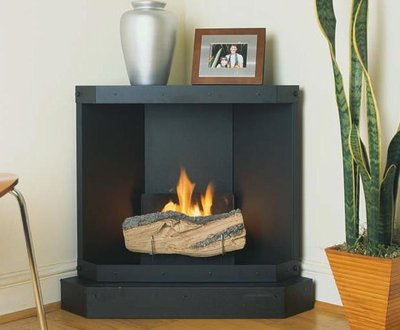Ventless fireplaces and their safety defects:
Category : Palm Beach Home Inspector
 Ventless fireplaces and their safety defects:
Ventless fireplaces and their safety defects:
During production, installation or servicing, a gas leak can be created
The contractor may accidentally plug the burner ports while spreading ceramic tile over the burners, or they may be painted over at the factory. The resulting unbalanced burn will create excessive carbon monoxide
Dust, carpet lint and pet hair can gradually choke off the fireplace’s air supply, leading to incomplete combustion and high amounts of CO (carbon monoxide) that are vented into the living space
Excessive CO (carbon monoxide) ventilation or overheating of the unit will result from firing the gas higher than the input rate set by the manufacturer’s specifications. This can be caused by high gas-supply pressure, an incorrect orifice drill size done at the factory, or if the installer gives the customer’s unit a larger flame for aesthetic reasons;
The fireplace is oversize for the square footage of the area to be heated.
The gas burner may develop a crack over time and function erratically, producing high levels of CO (carbon monoxide)
The fireplace contains items other than the artificial logs designed for the unit. Problems caused by the incineration of firewood or other flammable items will be immediate and extreme. A more likely and less obvious hazard is created by adding pebbles, lava rocks, and other non-combustible aesthetic touches to the fireplace, as their exposure to flames will cause an unsafe rise in levels of CO (carbon monoxide)
As these components may fail, it is advisable to install a CO (carbon monoxide) detector near a ventless fireplace and, ideally, in other rooms, as well.
In summary, vent less fireplaces, while attractive and portable, suffer from a design flaw that may allow dangerous gases to enter the living space.